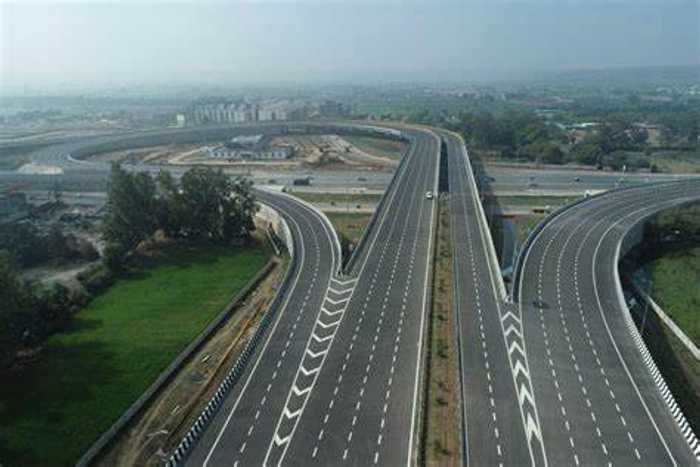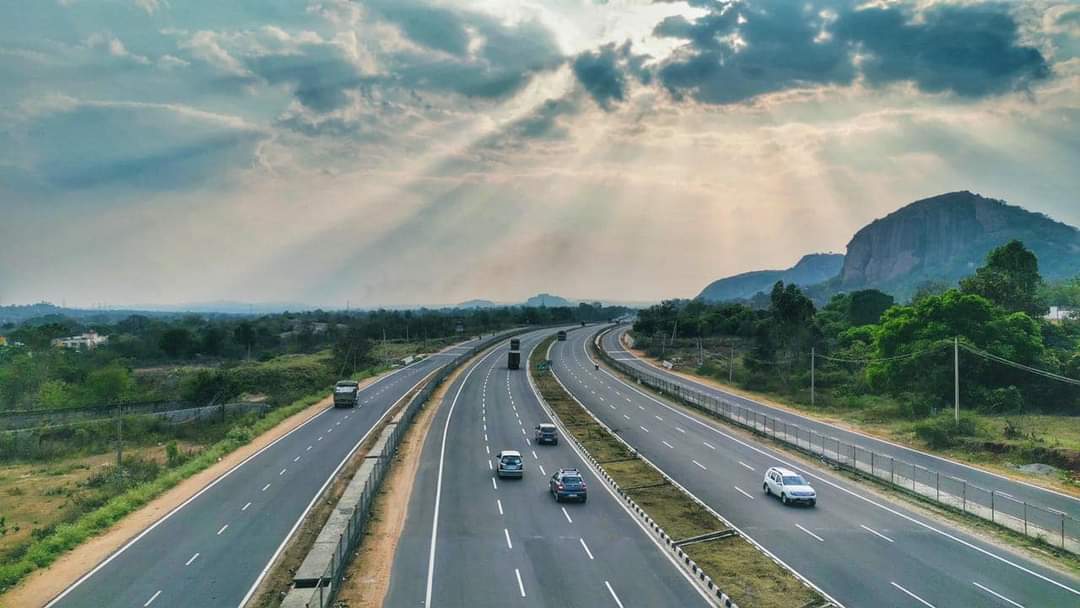Published 22:13 IST, September 10th 2024
Will The Latest GNSS System Change India's Highway Ride Experience?
Know about this significant update that promises to transform the way we experience highway travel undertaken by the Ministry of Road Transport and Highways.
- Travel News
- 2 min read
The Ministry of Road Transport and Highways has unveiled a significant update that promises to transform the way we experience highway travel. On September 10, the ministry revised the National Highways Fee Rules of 2008, introducing cutting-edge technology to streamline toll payments.

From FAStag to satellite-based toll collection system
Previously, drivers relied on FASTag to expedite toll payments, but the new system takes convenience a step further with satellite-based toll collection. This system utilizes the Global Navigation Satellite System (GNSS), which includes GPS technology, to enhance tolling efficiency.
What does this mean for drivers? Vehicles equipped with On-Board Units (OBUs) that support GNSS will soon be able to pay tolls automatically based on the distance traveled. This innovation eliminates the need to stop at toll booths or manage FASTag balances. Rule 6 of the updated regulations establishes dedicated lanes for GNSS-enabled vehicles, allowing them to bypass toll plazas entirely.

The new rules also introduce a zero-toll corridor for the first 20 kilometers of travel using GNSS. After this initial stretch, tolls will be calculated based on the distance covered. This development is particularly beneficial for frequent travelers, offering a smoother and more efficient highway experience.
For those without GNSS-equipped vehicles, fear not. Traditional toll payment methods, including manual payments and FASTag, will remain available for vehicles not fitted with OBUs or those not registered in India.
The GNSS system aims to alleviate traffic congestion at toll plazas, a common issue even with the existing FASTag system. By leveraging satellite tracking, tolls will be automatically determined based on travel distance, making journeys faster and less stressful.
Here’s how it works: OBUs in your vehicle will monitor your travel on the highway and transmit this data to satellites, which will calculate the toll based on your distance. CCTV cameras along the highway will verify your vehicle’s location to ensure accurate billing.
The government plans to implement this technology first on major highways and expressways. If you’re a regular highway traveler, you may encounter this system sooner rather than later. For those yet to equip their vehicles with an OBU, they will be available through government portals, similar to how FASTags are distributed.
Updated 22:13 IST, September 10th 2024